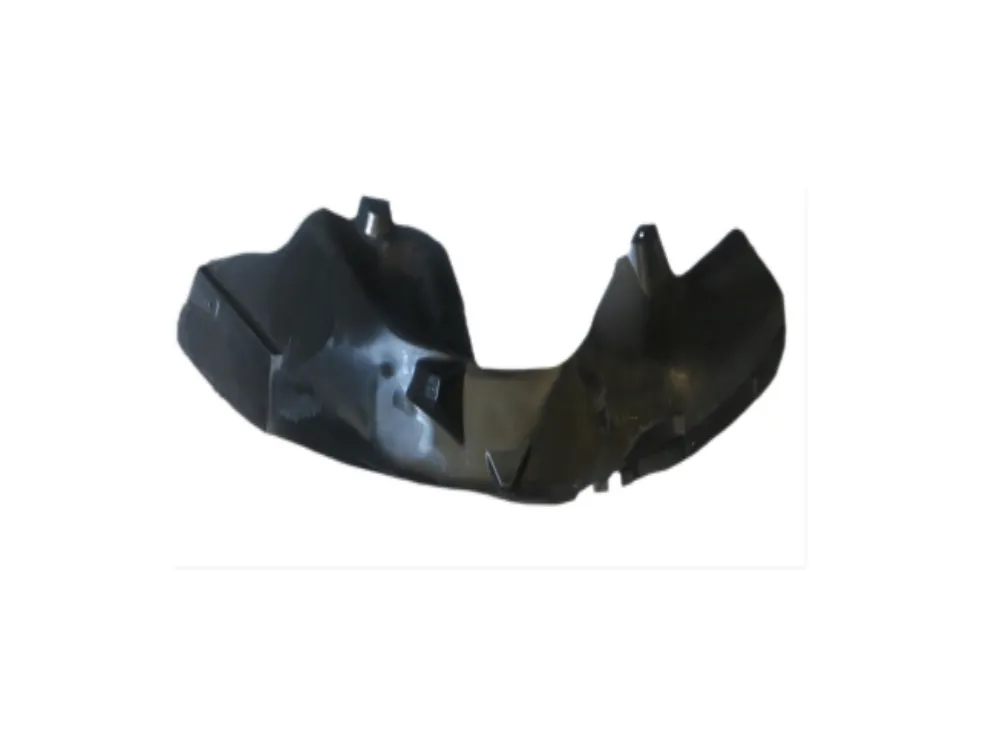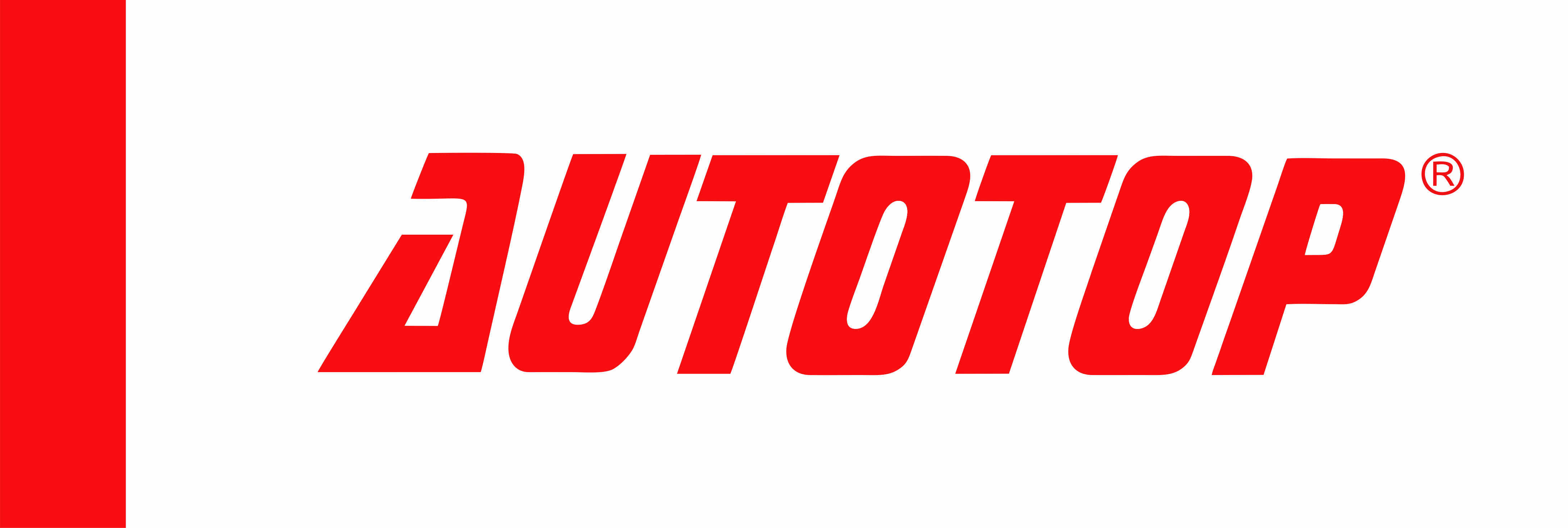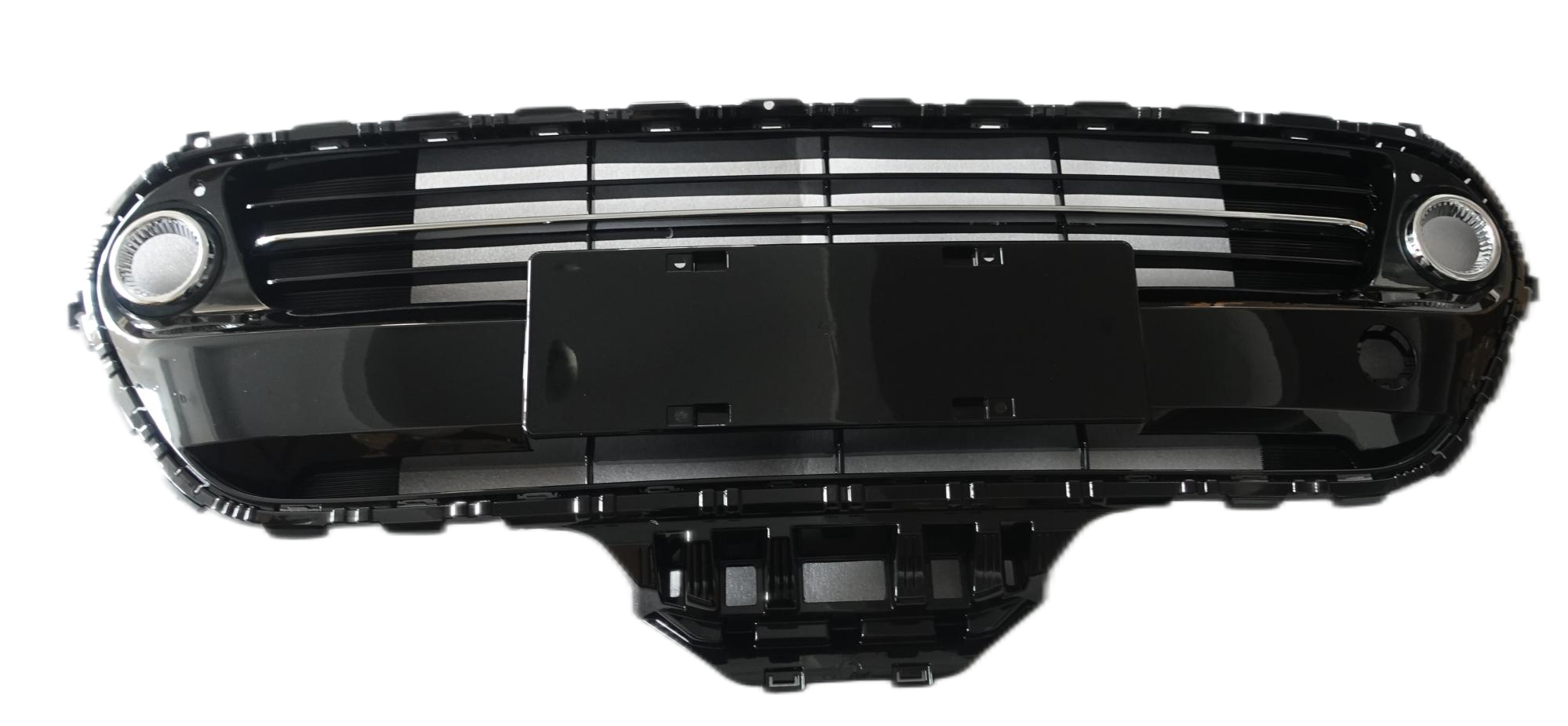Understanding the Impact of Rear Styling on Vehicle Aesthetics
The automotive industry has witnessed a remarkable evolution in rear bumper designs, transforming them from purely functional components to defining aesthetic elements. Modern rear bumper designs seamlessly blend form and function, creating a lasting impression that can make or break a vehicle's overall appeal. As automotive design continues to push boundaries, the rear profile has become increasingly crucial in establishing a vehicle's character and market position.
Today's rear bumper designs incorporate sophisticated elements like integrated diffusers, stylish reflectors, and carefully crafted contours that enhance both visual appeal and aerodynamic efficiency. These design choices not only contribute to the vehicle's personality but also influence its market success and brand identity. Understanding the various aspects of rear bumper styling helps both automotive enthusiasts and casual drivers appreciate the artistry behind modern vehicle design.
Key Elements of Modern Rear Bumper Design
Material Selection and Surface Treatment
Contemporary rear bumper designs leverage advanced materials that offer both durability and design flexibility. High-grade polymers and composite materials allow designers to create complex shapes while maintaining structural integrity. The surface treatment of these materials, including textures, paint finishes, and chrome accents, plays a vital role in achieving the desired aesthetic effect.
Premium vehicles often feature rear bumper designs with multi-material compositions, combining painted surfaces with brushed metal finishes or carbon fiber elements. These material choices not only enhance visual appeal but also contribute to weight reduction and improved performance characteristics.
Integration of Functional Elements
Modern rear bumper designs masterfully incorporate various functional elements without compromising aesthetics. From exhaust outlets to parking sensors, each component is thoughtfully positioned to maintain visual harmony. Designers pay special attention to how these elements interact with light and shadow, creating dynamic visual effects that enhance the overall appearance.
The integration of aerodynamic features like diffusers and vents has become increasingly sophisticated, allowing rear bumper designs to contribute to both performance and style. These elements often feature subtle details that reveal themselves upon closer inspection, adding depth to the design.

Popular Styling Approaches in Contemporary Vehicles
Minimalist and Clean Designs
One prominent trend in rear bumper designs focuses on clean, uncluttered surfaces that emphasize simplicity and elegance. These designs often feature subtle character lines and minimal ornamentation, allowing the overall form to speak for itself. This approach has gained popularity among luxury brands and electric vehicles, where aerodynamic efficiency and sophisticated aesthetics are paramount.
The success of minimalist rear bumper designs lies in their attention to proportions and surface transitions. Even subtle changes in curvature can dramatically impact the visual weight and character of the rear end, making precision in design crucial.
Athletic and Dynamic Profiles
Sport-oriented vehicles often showcase rear bumper designs that emphasize width and stance through aggressive sculpting and bold character lines. These designs frequently incorporate visible diffusers, multiple exhaust outlets, and pronounced surface transitions that suggest power and performance.
The integration of black or contrast-colored elements in athletic rear bumper designs helps create visual drama and emphasizes the vehicle's sporting intentions. These elements often extend upward to connect with other design features, creating a cohesive and dynamic appearance.
Impact of Technology on Rear Bumper Evolution
Advanced Manufacturing Techniques
The advancement of manufacturing technologies has revolutionized what's possible in rear bumper designs. Computer-aided design and manufacturing processes allow for increasingly complex shapes and tighter tolerances, enabling designers to realize their creative visions with greater precision.
New painting and finishing techniques have expanded the available palette of colors and textures, allowing rear bumper designs to incorporate unique visual effects that were previously impossible. These innovations continue to push the boundaries of automotive design aesthetics.
Integration of Smart Features
Modern rear bumper designs must accommodate an growing array of sensors and smart features while maintaining aesthetic appeal. From backup cameras to parking assist sensors, these technologies influence how designers approach the rear end's visual composition.
The challenge of integrating these features has led to innovative solutions in rear bumper designs, including hidden sensors and cameras that maintain clean surfaces while providing all necessary functionality. This balance between technology and aesthetics continues to drive design innovation.
Future Trends in Rear Bumper Design
Sustainable Materials and Production
The automotive industry's shift toward sustainability is influencing rear bumper designs through the adoption of eco-friendly materials and manufacturing processes. Recycled and bio-based materials are becoming more common, requiring designers to adapt their approaches while maintaining high aesthetic standards.
These sustainable materials often bring unique texture and finish possibilities, opening new avenues for creative rear bumper designs that appeal to environmentally conscious consumers while maintaining visual appeal.
Adaptive and Interactive Elements
emerging technologies are enabling rear bumper designs that can change their appearance or functionality based on conditions or user preferences. From active aerodynamic elements to color-changing surfaces, these innovations are pushing the boundaries of what's possible in automotive design.
The integration of lighting elements into rear bumper designs continues to evolve, with new technologies enabling more sophisticated and dynamic illumination patterns that enhance both safety and aesthetics.
Frequently Asked Questions
How do rear bumper designs affect vehicle aerodynamics?
Rear bumper designs play a crucial role in managing airflow around the vehicle. Well-designed rear bumpers with integrated diffusers and carefully shaped surfaces can reduce drag, improve stability, and enhance fuel efficiency. The challenge lies in balancing these aerodynamic requirements with aesthetic appeal and practical functionality.
What materials are commonly used in modern rear bumper designs?
Modern rear bumpers typically utilize thermoplastic olefins (TPO), polypropylene, and various polymer blends. These materials offer excellent durability, design flexibility, and the ability to incorporate different textures and finishes. Premium vehicles may also feature carbon fiber elements or metallic accents for enhanced visual appeal.
How do manufacturers ensure rear bumper designs meet safety regulations?
Manufacturers employ extensive computer modeling and physical testing to ensure rear bumper designs meet or exceed safety standards while maintaining their intended aesthetic appeal. This includes impact testing, pedestrian protection requirements, and ensuring proper integration of safety features like sensors and cameras.


